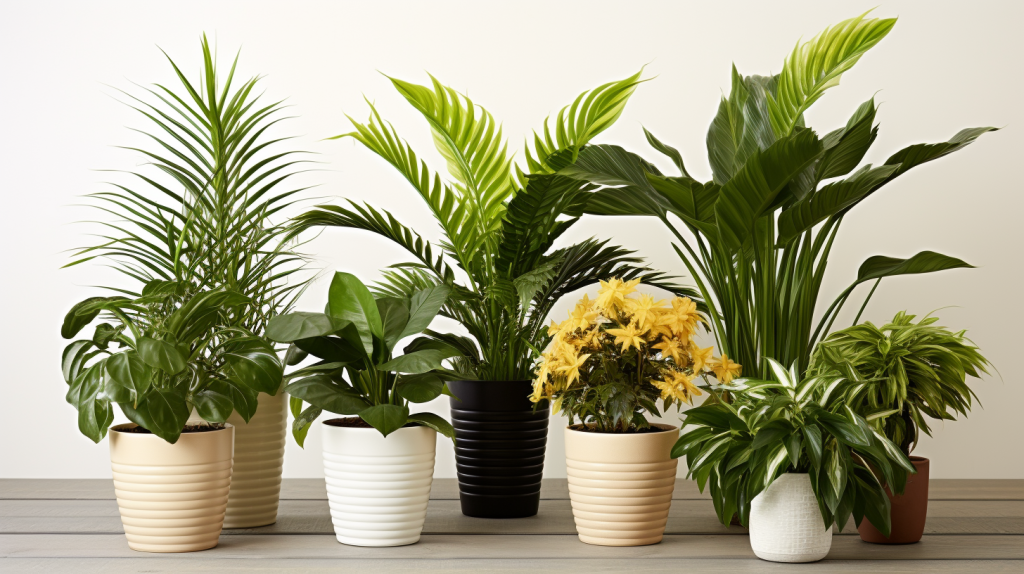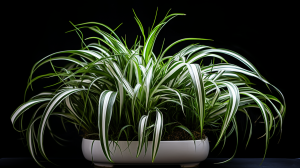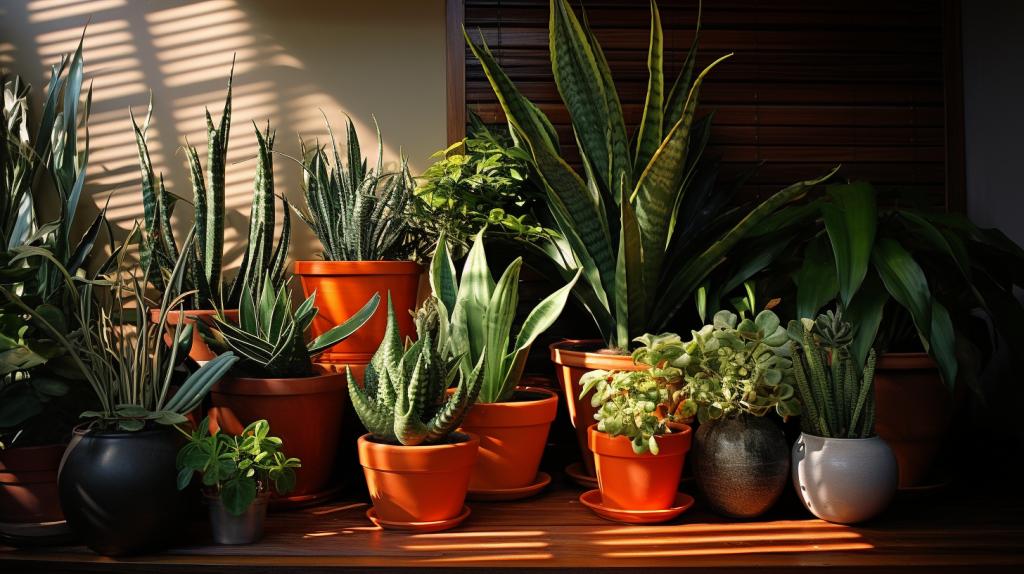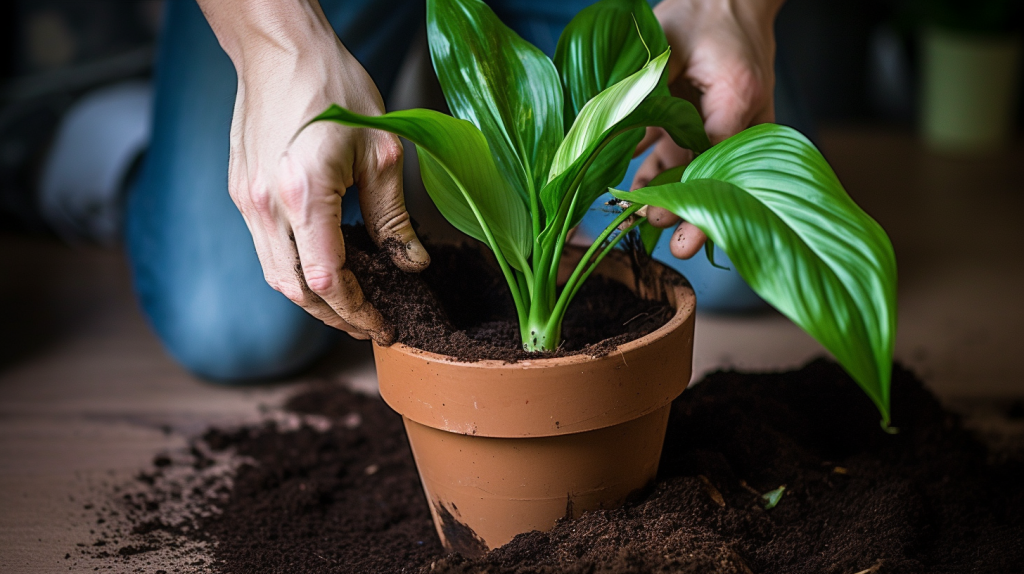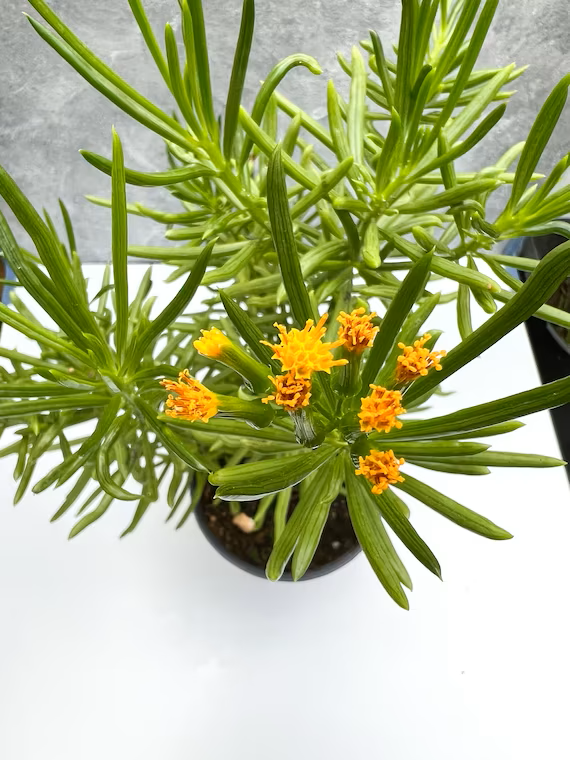You’re looking for the best air purifying house plants as you’ve realized that creating a sanctuary within the home is more than just comfort and style. It’s also about ensuring the air we breathe is clean and healthy.
NASA’s research has found that our home’s indoor air could be up to five times more polluted than the outdoor air. But don’t worry, nature offers an effective solution to purify our indoor air – house plants.
We will guide you through 15 incredible air purifying house plants that purify the air in your home, turning it into a healthier and more enjoyable space.
1. The Hardy Spider Plant (Chlorophytum Comosum)
Spider plants are popular houseplants that are super easy to grow, making them an excellent choice for beginners or those who don’t have a green thumb. They have the added benefit of being exceptionally good at purifying the air by removing harmful chemicals like formaldehyde and xylene.
2. The Indestructible Snake Plant (Sansevieria Trifasciata)
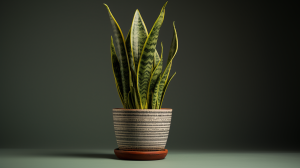
Known for their hardiness, snake plants, also known as mother-in-law’s tongue, can thrive under various conditions. They are particularly efficient at filtering out formaldehyde, which is commonly found in cleaning products, toilet paper, and tissues.
3. The Climbing English Ivy (Hedera Helix)

English Ivy, a beautiful climbing plant, can do wonders in purifying indoor air. It is especially effective in reducing indoor mold levels that can trigger allergies.
4. The Humidity-Loving Peace Lily (Spathiphyllum)
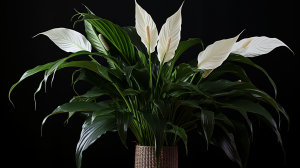
The Peace Lily is not just a visually stunning plant. It also plays a vital role in improving indoor air quality by filtering out harmful toxins such as benzene, ammonia, acetone, and alcohols.
5. The Elegant Bamboo Palm (Chamaedorea Seifrizii)
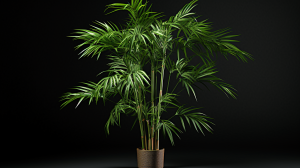
Bamboo Palms are known for their beauty and their ability to effectively remove formaldehyde from the air. They also thrive in humid, indirect sunlight conditions and are pet-friendly plants.
6. The Healing Aloe Vera (Aloe Barbadensis Miller)
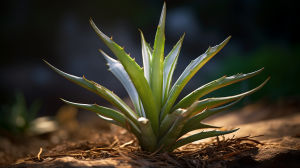
Aloe Vera, popular for its healing properties, is a versatile house plant that also purifies the air by removing formaldehyde and benzene. It’s also an easy-to-care plant, needing minimal watering.
7. The Stunning Weeping Fig (Ficus Benjamina)
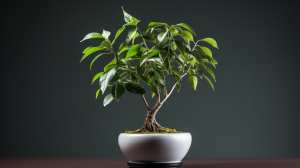
The weeping fig, also known as the ficus tree, is a popular house plant due to its beautiful appearance and its ability to purify the air from pollutants such as formaldehyde, xylene, and toluene.
8. The Low-Maintenance Chinese Evergreen (Aglaonema)
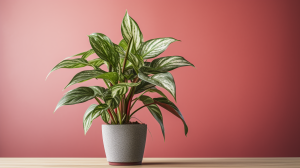
Chinese Evergreen is a fantastic house plant for beginners as it thrives in low light and requires minimal care. It’s effective at combating toxins like benzene and formaldehyde, improving the overall air quality in your home.
9. The Humidity-Loving Boston Fern (Nephrolepis Exaltata)
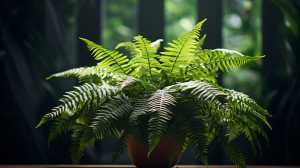
Boston Ferns love moisture and indirect sunlight, making them great for bathrooms or kitchens. They are excellent at removing formaldehyde and xylene, contributing to cleaner air in your home.
10. The Strong Rubber Plant (Ficus Elastica)

Rubber plants are not only a stylish addition to your interior decor, but they also purify the air from formaldehyde. They are strong plants that require minimal care, making them perfect for busy households.
11. The Fast-Growing Golden Pothos (Epipremnum Aureum)
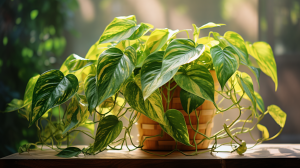
Golden Pothos is a fast-growing vine that can quickly beautify a space. It’s excellent at fighting off air pollutants like formaldehyde, xylene, and benzene.
12. The Heart-Shaped Philodendron

The heart-shaped Philodendron is a popular indoor plant that’s not only easy to care for but also battles formaldehyde, improving the air quality in your home.
13. The Air-Purifying Areca Palm (Chrysalidocarpus Lutescens)

Areca Palms are overall air purifiers, particularly effective against pollutants like xylene and toluene. These palms add a touch of tropical appeal to any indoor space.
14. The Bright and Beautiful Gerbera Daisy (Gerbera Jamesonii)
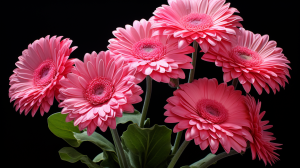
Gerbera Daisies are beautiful flowering plants that are excellent at removing trichloroethylene, a chemical often found in dry cleaning.
15. The Striking Red-Edged Dracaena (Dracaena Marginata)

The red-edged dracaena is a stunning houseplant that’s known for its red-edged leaves. It’s highly efficient at removing pollutants like xylene, trichloroethylene, and formaldehyde.
Final Thoughts On Air Purifying House Plants
By introducing these 15 top air purifying house plants into your indoor spaces, you’ll not only elevate the aesthetic appeal of your home but also significantly enhance the air quality, resulting in a healthier and more comfortable living environment.
FAQs
1. Are all these air purifying plants safe for pets?
Not all air purifying plants are safe for pets. Some, like the snake plant and English Ivy, can be toxic if ingested by pets. Always research a plant’s safety before bringing it into a pet-inhabited home.
2. How many plants are needed for effective air purification?
The rule of thumb is to aim for at least one plant per 100 square feet of home space for efficient air purification.
3. Are these air purifying plants high maintenance?
Each plant has its specific care requirements. Some, like the snake plant and Chinese Evergreen, are low maintenance, while others may require more specific care.
4. Can I solely rely on plants for air purification?
While plants do improve indoor air quality, they should be part of a broader air quality management strategy that includes proper ventilation and use of air purifiers.
5. How soon can I expect cleaner air after introducing these plants?
Air purification can start as soon as a few days after introducing the plants, but noticeable improvements might take longer, depending on factors like room size and the number and size of the plants.
6. What plant removes 78% of airborne mold?
The English Ivy (Hedera helix) is a plant known for its remarkable ability to reduce airborne mold. According to a study conducted by the American College of Allergy, Asthma & Immunology, this plant was able to remove up to 78% of airborne mold particles in a 12-hour period.
It’s an excellent choice for people who want to improve their home’s air quality, especially in damp and mold-prone areas. However, it should be noted that English Ivy is toxic if ingested and can be an irritant, so it’s important to keep it out of reach from pets and children.
7. Are air-purifying plants good for bedroom?
Absolutely! Having air-purifying plants in the bedroom can contribute to better air quality, leading to more restful sleep. Some of these plants not only filter out toxins from the air but also release oxygen at night, helping to improve the overall air quality in your bedroom.
8. Role of indoor plants?
Indoor plants play several vital roles in enhancing the quality of our living spaces. Here are some of the key benefits:
- Air Purification: As NASA’s study demonstrated, houseplants can effectively filter out harmful toxins from the air. They absorb pollutants through their leaves and roots, then release clean oxygen back into the air. This purification process leads to cleaner, healthier air in your home or office.
- Humidity Regulation: Through a process called transpiration, plants release moisture into the air, which can help maintain optimal humidity levels indoors. This can be particularly beneficial in dry environments or during winter months when indoor air tends to be dry due to heating systems.
- Improving Mental Health: Multiple studies have shown that the presence of plants can reduce stress and improve mood. They have been found to decrease symptoms of anxiety and depression, increase feelings of calm and relaxation, and improve concentration and productivity.
- Aesthetic Appeal: Plants add beauty and life to indoor spaces, enhancing the visual appeal of your home or office. They can transform a dull space into a vibrant and welcoming one. Also, taking care of plants can be a rewarding hobby, giving people a sense of satisfaction and responsibility.
- Reducing Noise: Plants can help absorb, diffract, and reflect noise, which can be particularly beneficial in loud, echo-prone environments.
- Promoting Better Sleep: Certain plants, like the Snake Plant and Aloe Vera, release oxygen at night, potentially improving the air quality in your bedroom and promoting better sleep.
Remember, while plants offer multiple benefits, it’s crucial to choose the right plants suitable for your specific indoor conditions (like light and humidity levels), and to take care of them properly to ensure they stay healthy and effective.
9. Nasa recommended plants for indoor?
We’ve discussed 15 recommendations above that was based off of NASA’s research, but here is a quick list overview.
In 1989, NASA conducted a study on indoor plants‘ ability to purify the air in space stations. The study concluded that certain common indoor plants were particularly effective at filtering out harmful toxins in the air. Here are some of the houseplants recommended by NASA:
- Spider Plant (Chlorophytum Comosum):
Easy to grow and effective at removing formaldehyde and xylene from the air. - Snake Plant (Sansevieria Trifasciata):
Known for converting CO2 into oxygen at night and for its ability to filter out toxins like formaldehyde, xylene, and toluene. - English Ivy (Hedera Helix):
Recognized for reducing airborne mold levels. - Peace Lily (Spathiphyllum):
Filters out toxins such as benzene, ammonia, acetone, and alcohols. - Bamboo Palm (Chamaedorea Seifrizii):
Great at filtering formaldehyde from the air and thrives in humid, indirect sunlight conditions. - Aloe Vera (Aloe Barbadensis Miller):
Purifies the air by removing formaldehyde and benzene. - Weeping Fig (Ficus Benjamina):
Known for its ability to purify the air from pollutants like formaldehyde, xylene, and toluene. - Chinese Evergreen (Aglaonema):
Combats toxins like benzene and formaldehyde. - Boston Fern (Nephrolepis Exaltata):
Excellent at removing formaldehyde and xylene. - Rubber Plant (Ficus Elastica):
Purifies the air from formaldehyde. - Golden Pothos (Epipremnum Aureum):
Fights off air pollutants like formaldehyde, xylene, and benzene. - Philodendron:
Known for battling formaldehyde. - Areca Palm (Chrysalidocarpus Lutescens):
Particularly effective against pollutants like xylene and toluene. - Gerbera Daisy (Gerbera Jamesonii):
Excellent at removing trichloroethylene, a chemical often found in dry cleaning. - Red-Edged Dracaena (Dracaena Marginata):
Highly efficient at removing pollutants like xylene, trichloroethylene, and formaldehyde.
Remember, while these plants can greatly aid in improving indoor air quality, they should be part of a broader air quality management strategy that includes proper ventilation and the use of air purifiers if needed.
10. Are genetically engineered houseplants good for you?
The use of genetic engineering in creating houseplants is a relatively new development, but it holds significant promise for improving the air quality in homes and offices. Scientists are working on genetically modifying plants to increase their ability to absorb and break down pollutants in the air, which could make them even more effective at purifying the air than their naturally occurring counterparts.
One study published in 2019 by a team at the University of Washington successfully genetically modified a common houseplant, Pothos Ivy (Epipremnum aureum), to remove chloroform and benzene from the surrounding air, substances that the natural plant would not typically filter. The team introduced a protein called 2E1, found in mammals, into the plant, which transformed these compounds into molecules that the plants could then use to support their growth.
While these early results are promising, more research needs to be conducted to fully understand the potential benefits and possible drawbacks of genetically engineered houseplants. These could include concerns about the plants’ interaction with local ecosystems if they were to escape the indoor environment.
11. How do plants purify air?
Plants purify air through a process called photosynthesis, a natural procedure in which they absorb carbon dioxide and release oxygen. However, beyond this, plants can also filter out a variety of volatile organic compounds (VOCs), converting harmful gases into harmless substances.
- Photosynthesis: In this process, plants absorb carbon dioxide from the air and light energy from the sun to produce their food in the form of glucose. Oxygen is released as a byproduct of this process, thereby contributing to a cleaner and fresher air supply.
- Phytoremediation: This is the process by which plants absorb toxic gases through tiny openings in their leaves known as stomata. The pollutants are then transported to the root zone where they’re broken down by microorganisms in the soil and converted into less harmful substances. This process can remove toxins such as benzene, formaldehyde, trichloroethylene, and more.
- Transpiration: Through this process, plants release moisture into the air, helping to increase humidity. This can be beneficial in dry climates or environments with forced air heating that can lead to dry skin, throat, and mucous membranes.
- Biotransformation: In this process, a plant absorbs a harmful substance and alters its chemical composition to transform it into a less harmful substance.
- Biofiltration (or bioaugmentation): This involves using plants and their associated microorganisms to capture and biologically degrade pollutants.
It’s important to note, however, that the effectiveness of plants in purifying air can be affected by many factors, including the type of plant, the type and concentration of the pollutant, the duration of exposure, and the overall health of the plant. Furthermore, while houseplants do help to improve indoor air quality, they should be used as part of a broader air quality strategy, not as a standalone solution.
References
- Wolverton, B. C., Johnson, A., & Bounds, K. (1989). Interior landscape plants for indoor air pollution abatement. NASA. Retrieved from https://ntrs.nasa.gov/api/citations/19930073077/downloads/19930073077.pdf
- Wolverton, B. C., & Wolverton, J. D. (1993). Plants and soil microorganisms: Removal of formaldehyde, xylene, and ammonia from the indoor environment. Journal of the Mississippi Academy of Sciences. Retrieved from https://ntrs.nasa.gov/api/citations/19930073077/downloads/19930073077.pdf

